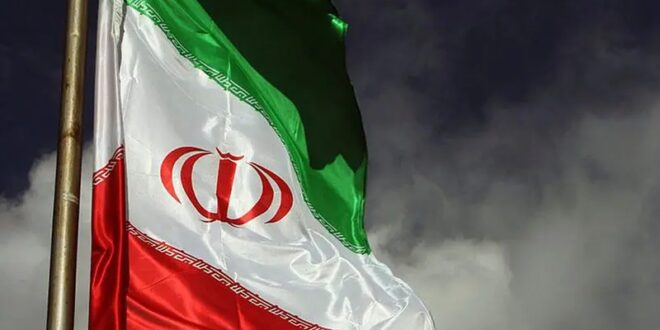Over the past few years, Iran has been increasingly exerting its influence in the Middle East, particularly on Hamas in Gaza, Hezbollah in Lebanon, and the Houthis in Yemen. How real is Iran’s influence?
After the assassination of Hamas leader Ismail Haniya in Tehran, Abdul-Malik al-Houthi, the commander of the Houthis in Yemen, affirmed the inevitability of a response to the Israeli attack, adding that “the response is certainly coming, with its own trajectory, preparations, tactics and dedicated capabilities.”
As a result, the head of the Houthis made the announcement that an entire region has been anticipating: a major attack on Israel by Iran and its allies, which they believe is responsible for the killing of the Hamas leader.
The U.S. and Israel share a common enemy
The so-called “Axis of Resistance” (mainly the Islamic Resistance in Iraq, the Syrian government, the Lebanese political party Hezbollah, the Yemeni political and military organization Ansar Allah, and Hamas) has the potential to launch attacks on Israel from a variety of directions, including the Houthi in Yemen from the south, Hezbollah in Lebanon from the north, Hamas carrying out operations in the Gaza Strip from the west, and Iran from the east. On top of that, there are Islamic militias in both Iraq and Syria.
A major factor in Iranian rhetoric and ideology is the anti-American and anti-Israeli stance. This is the one thing that all the political entities in the “Axis of Resistance” have in common. All of these factions are united by the same foe. Iran considers organizations like the Houthis and Hamas as part of a resistance movement fighting against a common enemy.
Tehran is the place where the various components of this network come together and maintain logistical and ideological solidarity and connectivity. However, it should not be assumed that Iran is able to command the various factions as if they were its own army. Iran’s influence over different groups varies. On the one hand, it has a significant degree of influence over matters of a strategic nature. On the other hand, it is likely that these various organizations implement strategy in their own unique ways.
Iran and Hezbollah’s Common Religious Background
Lebanon serves as a meeting place for Iran and Hezbollah. Their common faith unites them, not only in their intense hostility toward the United States and Israel, but also in their mutual understanding. Shiism, also known as the religion of the oppressed, the underdog, and the persecuted, is the belief system that explains how Lebanese Shiites relate to Palestinian suffering. Therefore, both adhere to a strict interpretation of Shiite Islam. In the 1980s, Iran was even instrumental in the creation of Hezbollah. Today, analysts consider the group to be Lebanon’s most powerful party, wielding political authority over the country.
Within the “Axis of Resistance,” the relationship between Iran and Hezbollah is the strongest, both in terms of similarities and worldviews, as well as for historical reasons. Moreover, because Hezbollah is significantly more centrally structured, it is much easier for Iran to exert influence through the group’s leadership.
Independent Houthis and Hamas
Iran has solid contacts with both the Houthis and Hamas, although the religious relationship between the two groups is much less intimate. However, they operate with much more independence than Hezbollah. This does not prevent Iran from providing significant support to these two militant groups on an equal footing with the other groups it supports.
The military assistance and personnel needed to carry out various operations are heavily dependent on Iran. In addition, the military strategies and tactics employed by the Houthis and Hamas are comparable to those employed by Iran. The fact remains, however, that these groups operate independently of each other. They would continue to exist even if Iran were to disappear from the world map.
Iran is not pulling the strings
Despite its frequent portrayal in the Western media as the key puppeteer, the leadership in Tehran has no direct authority over any of the actors. U.S. President Joe Biden, for example, holds the completely unfounded belief that a ceasefire in Gaza could avert a potential attack on Israel by Iran and its proxies.
This storyline poses several issues, first of all because it gives Iran an advantage if the world perceives that the mullahs have the ability to make all the decisions and exercise wide influence. But more importantly, Western governments and their leaders are failing to resolve these Middle East conflicts in a sustainable manner because they don’t look closely enough at the details of the issues and, as a result, don’t sufficiently examine the factors that lead to these conflicts. Many observers in the United States and Europe believe that the elimination of external actors will lead to a smooth resolution of all issues in the region.
On the contrary, we should assess each crisis in the Middle East based on its unique characteristics, even though Iran has considerable influence. We must remind all actors that each faction in the Middle East is striving to achieve its own goals.
 Eurasia Press & News
Eurasia Press & News


